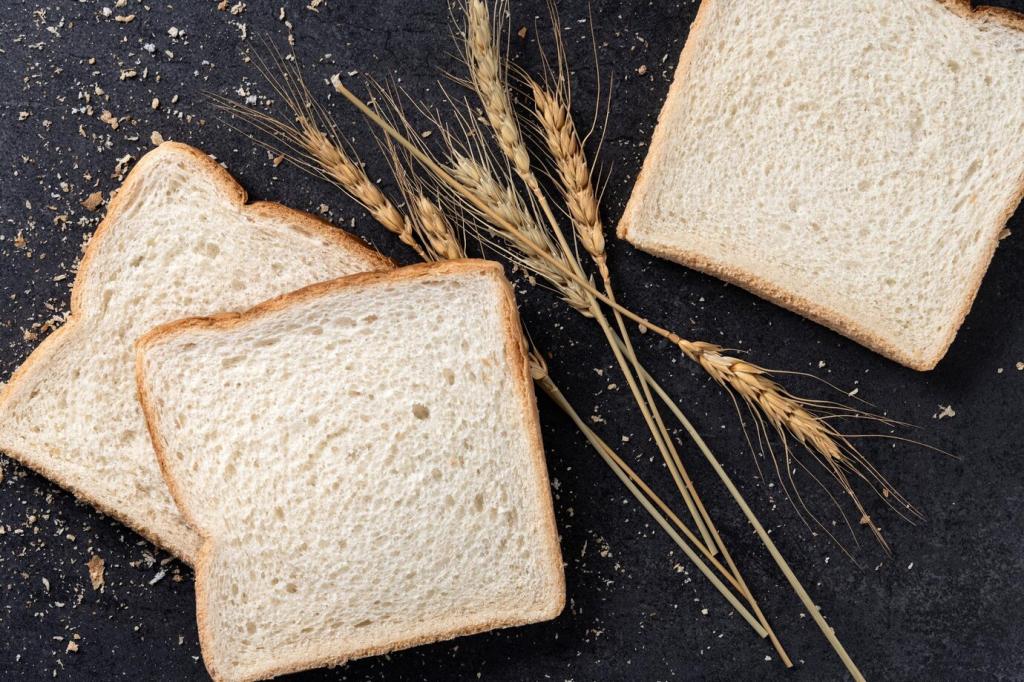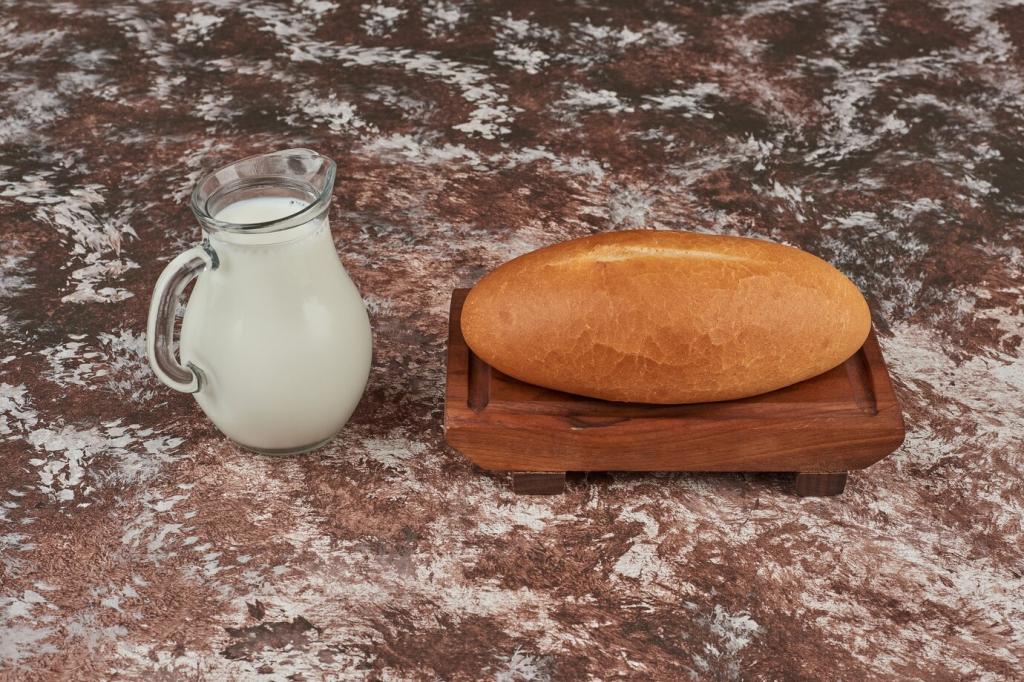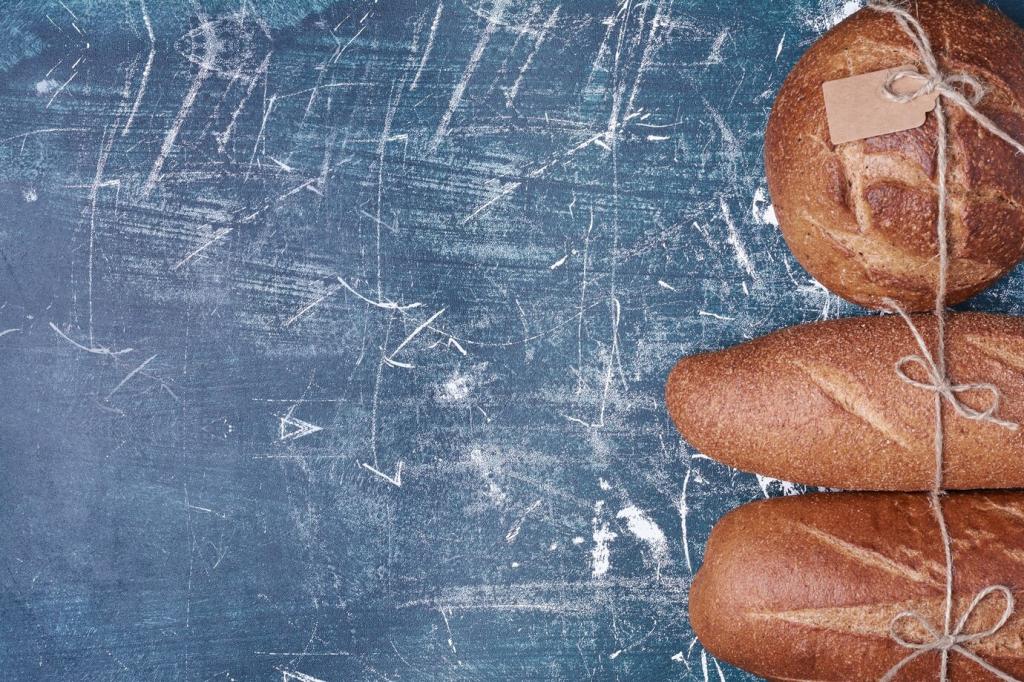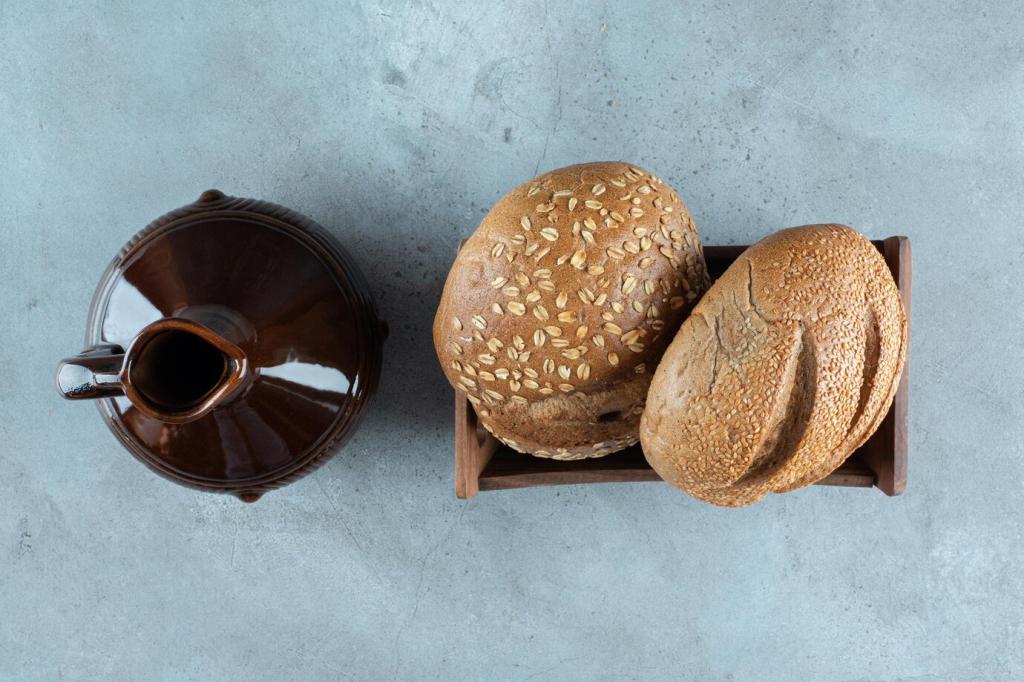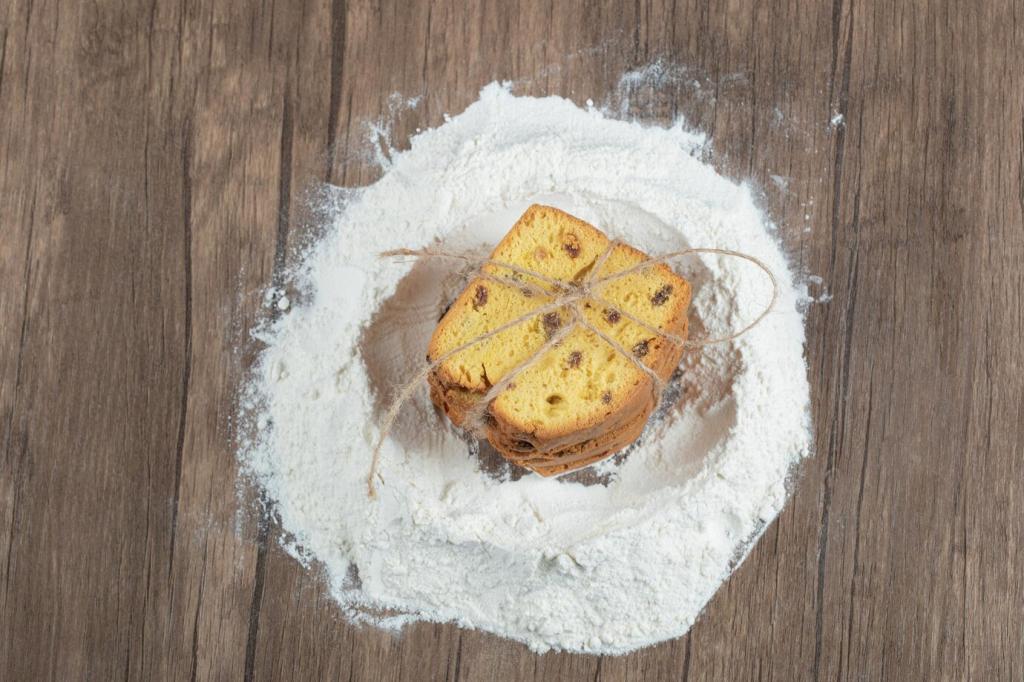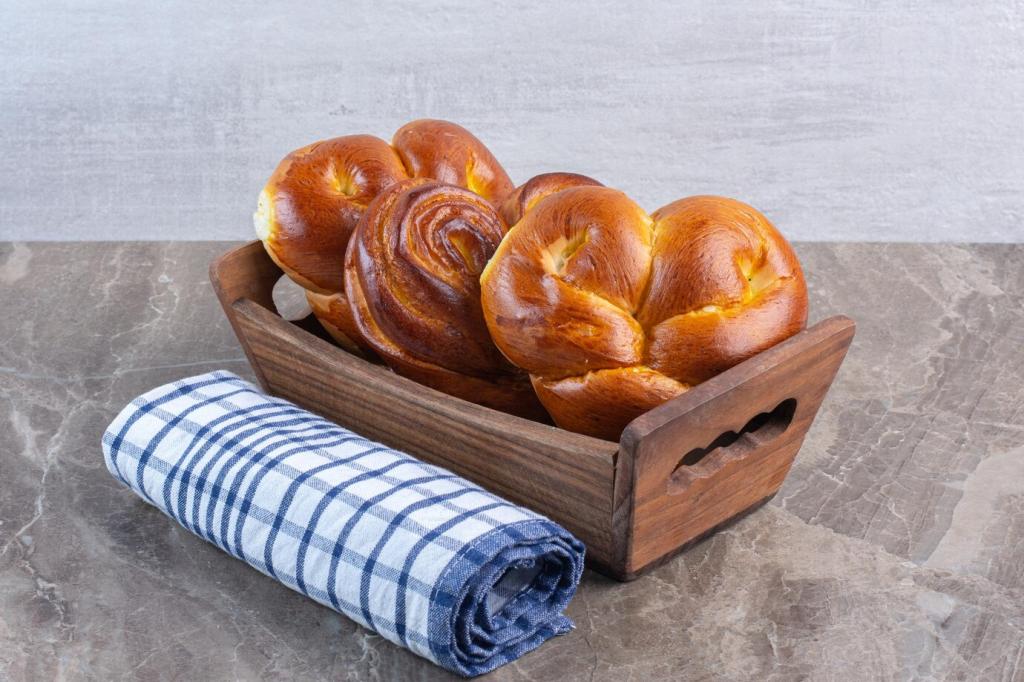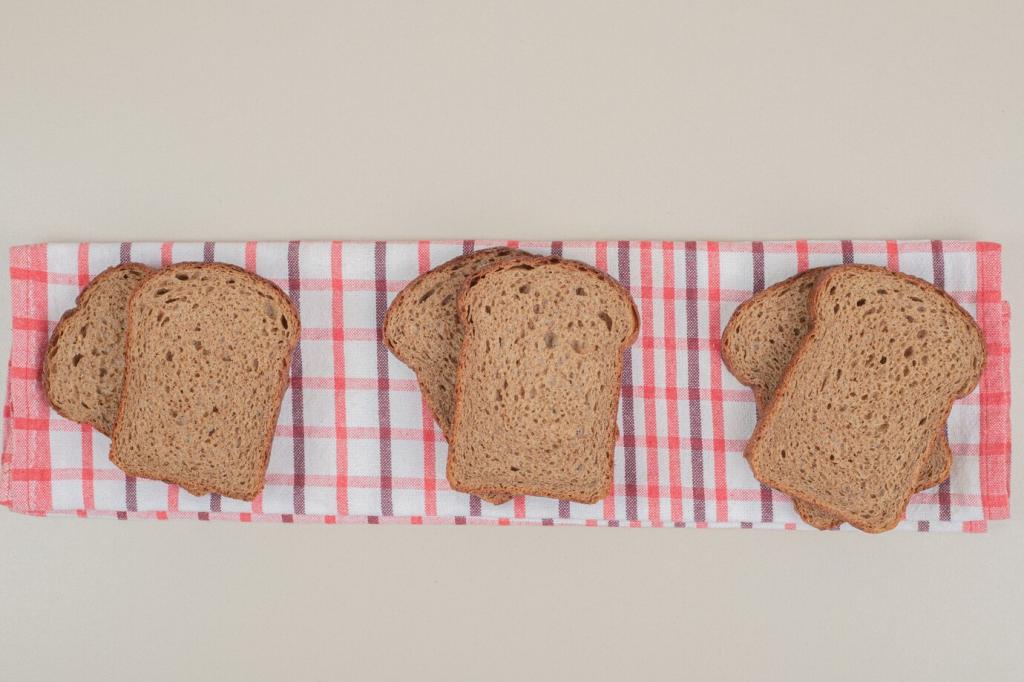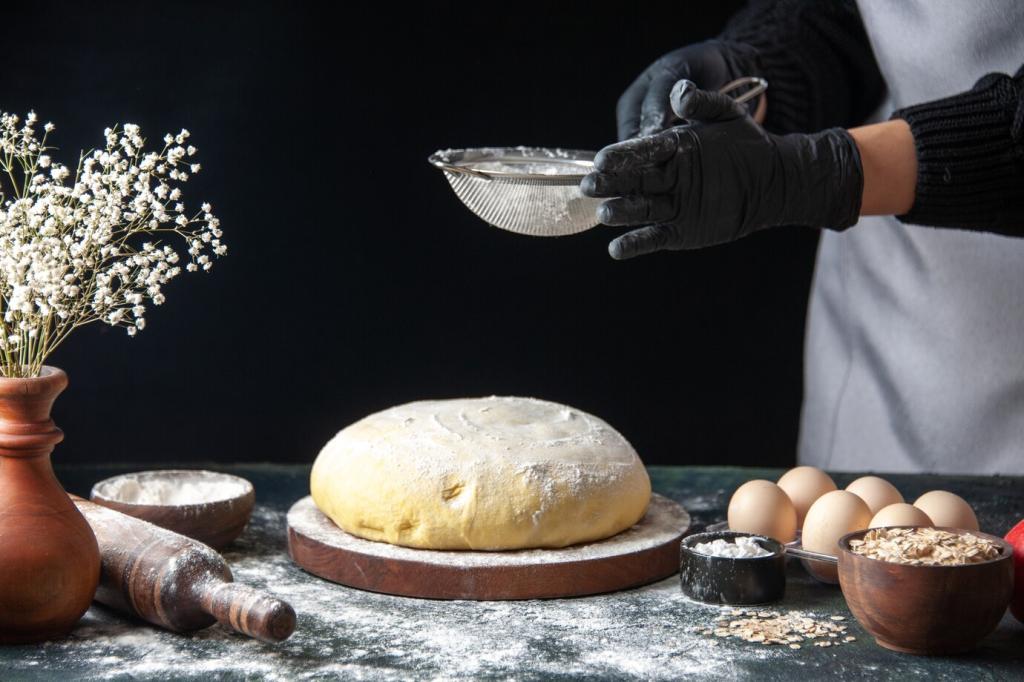Proofing Gear: Containers, Bannetons, and Couche
Square, lidded containers with clear volume markings reveal true rise at a glance. Lightly oil the walls, mark the dough level, and track percentage growth. This visual feedback beats timers alone. Tell us how you judge bulk fermentation and which rise percentage yields your fluffiest crumb.
Proofing Gear: Containers, Bannetons, and Couche
Banneton baskets guide dough into tall, confident shapes and imprint elegant flour rings. Rice flour prevents sticking better than wheat flour. After an early collapse, one reader switched to rice flour dusting and never looked back. Share your banneton shapes and favorite dusting blends.

